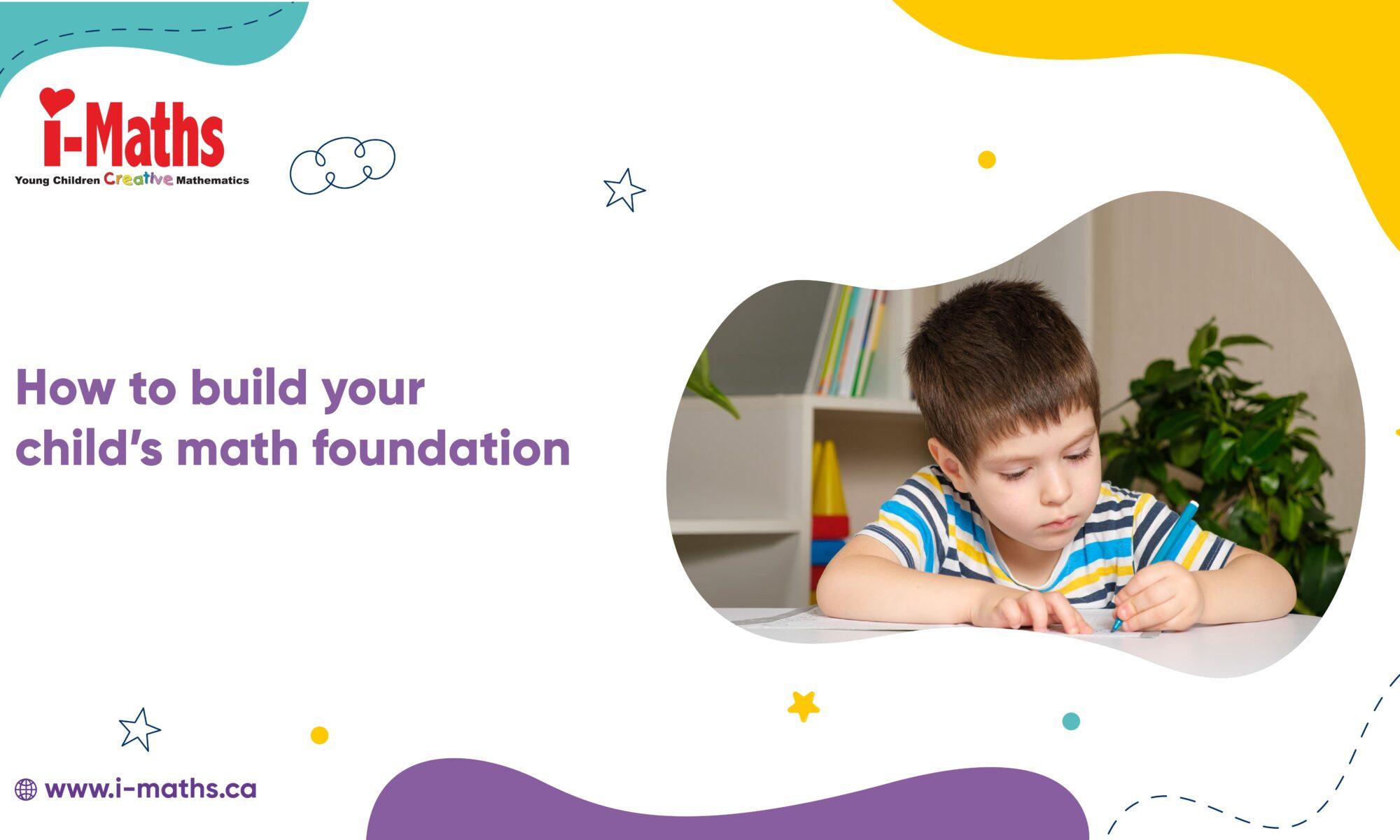Research and studies demonstrate that developing strong math skills during early childhood education has a significant impact on a child’s future academic performance and lifelong learning abilities. Developing strong math competency between ages 3-5 strongly predicts later achievement and performance in math, science, and overall academics including reading. Enhancing early math skills lays a critical foundation for success across subject areas. And hence building math literacy early on equips children with foundational skills like problem-solving, critical thinking, and understanding abstract concepts that aid learning across all subjects. This likely reflects the links between early math knowledge and improved executive function, reasoning, and other cognitive abilities key to learning.
Math Learning Supports Overall Cognitive Growth
Exposure to mathematical concepts naturally stimulates the developing mind’s curiosity and pattern-recognition abilities. The sequential nature of numbers, shapes, patterns, etc. promotes logical thinking skills. Early math learning experiences also build tenacity, setting children up for success when encountering new or challenging problems. Fostering positive attitudes towards math from the start gives them the confidence to persist.
How to Build a Positive Relationship With Math From the Start?
Creating positive early experiences is key to nurturing lifelong math literacy. Providing developmentally appropriate math learning through games and hands-on activities makes it an engaging subject rather than a source of frustration. Using stories and imaginative play to introduce foundational concepts creates positive associations with math from the beginning.
Gaining familiarity with numbers, quantity, and basic operations
Repeated exposure to numbers, numerical symbols, and their relationships is essential in early childhood. Learning to match quantities to written numerals, count up or down from different starting points, and add and subtract small amounts concretely, all contribute to number sense and arithmetic fluency. Hands-on experience with mathematical operations, even basic addition using fingers or blocks, builds essential number familiarity and intuitive understanding.
The Brain Benefits of Early Math Learning
1. Strengthening neural connections through repeated practice and experience
Early math learning strengthens neural connections, laying a foundation for more advanced concepts later. Like infants’ babbling supports language development, basic math experiences wire the brain for mathematical thinking.
2. Improving working memory, focus, and concentration skills
The cognitive effort involved in early math learning also builds working memory, focus, and concentration. Holding quantities in mind, sequencing patterns, and other foundational skills require focused attention. Regular practice with age-appropriate math tasks strengthens a child’s capacity to apply sustained mental effort. Carrying out multi-step activities likewise improves concentration while nurturing self-confidence and satisfaction in mastering new skills.
Everyday Opportunities to Promote Math Literacy
1. Cooking, shopping, calendar time, sorting laundry by shape or color
Parents and teachers can turn daily activities into easy, engaging math lessons for young learners. Cooking provides opportunities to compare amounts, estimate measurements, and count ingredients. Calendar activities reinforce sequencing, patterns, and numeracy. Categorizing laundry by shape, size, or color reinforces classification and spatial thinking. Running errands can provide practice with numbers, money, and basic arithmetic in the context of real-world situations.
2. Pointing out shapes, patterns, numbers, and counting in daily life
Surrounding children with math talks about shapes, sizes, patterns, and quantities encountered in their environment helps solidify these concepts naturally. Counting stairs, identifying shapes of traffic signs, and looking for patterns in the grocery store display – all help children recognize the math embedded in their everyday world. Simply verbalizing observations models mathematical thinking: “Your shoes have dots in a line – that’s a pattern!”
Choosing the Right Tools and Strategies
1.Using visuals, manipulatives, puzzles, blocks, board games
Concrete learning tools provide critical hands-on experience to build math understanding in young learners who benefit from actively engaging with concepts. Colorful pictures, blocks, puzzles, measuring cups, and visual calendars make abstract ideas tangible. Manipulatives like counting bears, pattern block pieces, and balance scales help children physically represent mathematical relationships as precursors to symbolic equations. Simple board games reinforce counting, numerical sequencing, shape recognition, and other fundamental skills through play.
2. Rhymes, songs, movements, and stories to make math tangible
Rhyming, singing, dancing, acting out stories – these active, play-based experiences embody math concepts in ways young children easily grasp. Chants, songs, and rhymes that reinforce counting, rhythmic patterns, shapes, etc. aid memorization while connecting math to fun musical activities. Kinesthetic math storytelling through puppetry or drama engages young learners through narrative, emotion, and physicality to convey more abstract ideas.
Give Your Child the Math Foundation for Future Success with i-Maths
If this blog resonated with you as a parent or educator, empower the children in your life with the early math skills needed to thrive both in and out of the classroom. i-Maths provides engaging, developmentally appropriate math lessons and activities designed specifically for preschool to 1st grade. Book a free info session today to learn more!

